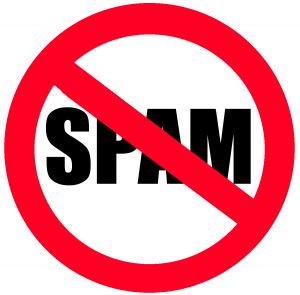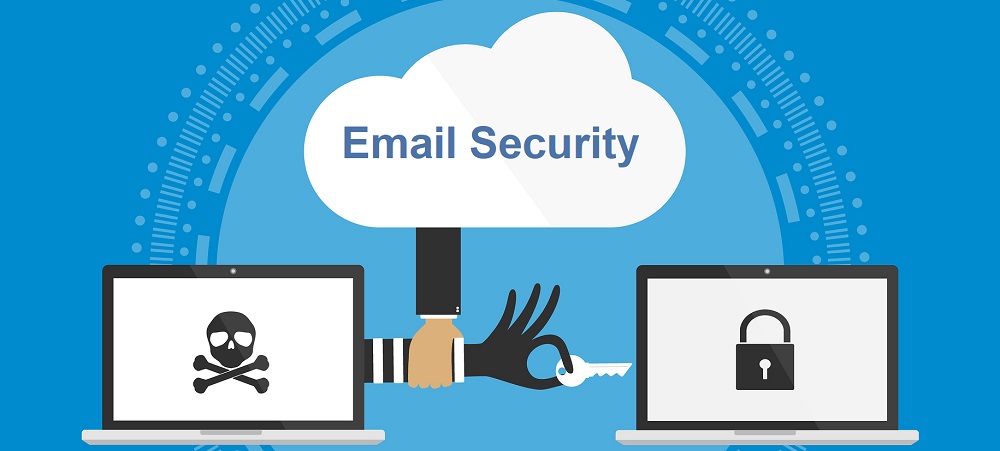Forwarded emails containing a joke, motivational story, a recent update on a natural calamity or a warning about the recent hoax has become quite a common practice these days. I’m sure; many of you might have received a bulk of emails like these.
But, before clicking on the links attached in those emails, how many of you tried to check the number count of all the emails carbon copied in them? Have you ever noticed the fact the all of the other recipients of those emails are anonymous to you?
This is very important to verify not only the sender of received emails but all the other recipients in the forwarded emails should be given attention to.

So what’s the deal in writing this article? Continue reading this article and you’ll find out something not every one of you might have known before.
Do you know that most of the email clients provide you the facility to send bulk emails without letting the individual recipient aware of the presence of multiple recipients in those emails? That’s right; there are two ways to send email to more than one recipient.
a) ‘To’ or ‘CC’ field lets every recipient see everybody else’s email IDs
b) ‘BCC’ field hides the email addresses of all the recipients in an email
So, what’s the point? The point here is to hide your identity to become a spamming victim.
When you send an email to more than one person, not using the BCC field discloses the recipients’ email address to all the other people which, as a result, can slip the email addresses into the spammer’s hands.
Let’s give you an example! You send an email to 20 of your friends to whom all the email addresses are clearly shown. Those friends of yours find the email interesting and forward it to twenty of their friends. Now, consider the practical implication of this email forwarding. If you multiply all the recipients, that will make a total of 400 people now having yours and your friend’s email addresses.
Your email address, now lose in public, can go into a spammer’s list and there is a fat chance that you’ll start receiving emails from unknown senders the next day of the incident.
Here is what you can do to avoid going into a spammer’s list. BCC field is not added in an email header, by default. To make use of this feature, you need to navigate to the mail header option of your mail client. As soon as you enable this field, you will see it just below the CC field of the email header.
Use the TO field only when you want the intended recipient to know about other recipients too. If you don’t want this, just put all the addresses in the BCC field and protect everyone from email address harvesting program used by spammers. These programs are capable of scanning email messages that are sent to multiple recipients.
Protect yours and your folks’ email addresses from receiving junk and spam emails and take a step forward in spreading the good word- send this article to your friends and aware them about the sensible use of BCC field.
Steps To Protect Inbox From Spam

There are several steps you can take to protect your inbox from spam.
1. Use an email filter. Most email clients have built-in spam filters that can help block unwanted messages from reaching your inbox.
2. Unsubscribe from mailing lists. If you’re receiving emails from companies or organizations you don’t want to receive emails from, unsubscribe from their mailing lists.
3. Mark emails as spam. If you do receive spam emails, mark them as emails marked as read.
Permanently Stop Spam Emails
To permanently block spam in Gmail, you can use the “Filter” feature. This feature allows you to create rules for incoming emails, such as automatically deleting emails from certain senders, labeling emails as spam, or even forwarding emails to another address. You can also create a blacklist of senders that you never want to receive emails from. Additionally, you can enable the Gmail spam filter to automatically detect and delete spam emails.
Why Do I Keep Getting Spam Emails In My Inbox?
Spam emails are sent out in bulk by automated systems, and are typically sent to addresses that have been obtained from the internet or purchased from a list. This means that if your email address is publicly available, it is likely that you will receive spam emails. Additionally, if you have subscribed to any mailing lists, you may also receive spam emails from those organizations.
How Do You Mark An Email So It Doesn’t Go To Spam?
The best way to ensure that your emails don’t go to spam is to make sure that you are using a reputable email service provider and that you are using their spam filters. Additionally, you should be sure to add contacts to your address book so that they don’t get marked as spam. Finally, you should also make sure to avoid suspicious links and attachments in emails that you receive, as these can often trigger spam filters.
Is It Better To Block Or Delete Spam?
It is generally better to block spam than to delete it. Blocking spam helps to prevent it from reaching your inbox in the first place, while deleting it after it has already been received can still leave you vulnerable to further spam emails. Additionally, blocking spam can help to protect your computer from malicious software that may be included in the spam emails.
How Do Spammers Get My Email Address?
There are a few different ways that spammers can get your email address. They can obtain it through public records, online purchases, web forms, or even by purchasing lists of email addresses from other spammers. Additionally, spammers may use malicious software to gain access to your computer and steal your email address.
Best Email Spam Blocker
The best email spam blocker depends on your individual needs and preferences. Some popular email spam blockers include MailWasher, Spamfighter, and Spamihilator. Each of these programs offers different levels of protection, so it is important to research and compare the features of each to determine which one is right for you. Additionally, you can also use a combination of anti-virus software and a spam filter to help protect your computer from malicious software.
Change Spam Settings In Gmail
To change spam settings in Gmail, go to Settings > Filters and Blocked Addresses. Here, you can create a filter to block emails from certain senders or containing certain words, and you can also mark emails as spam. Additionally, you can also adjust the sensitivity of the spam filter by choosing from low, medium, or high levels.
Can I Block All Spam Risk?
Unfortunately, it is not possible to completely block all spam risk. However, you can reduce the risk by using anti-virus software, a spam filter, and by creating filters to block emails from certain senders or containing certain words.
